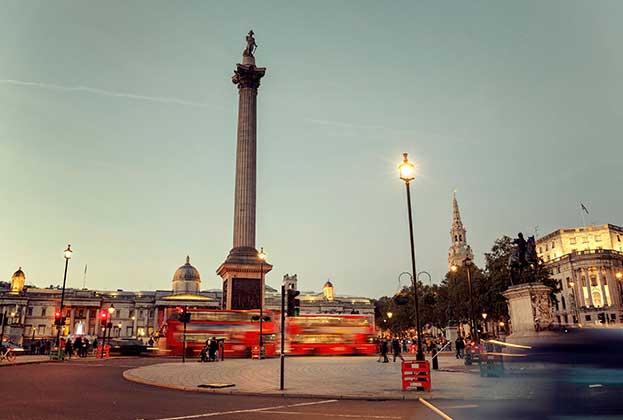Heritage buildings have the potential to bring considerable value to the businesses that occupy them, giving offices both character and individuality. What’s more, they add social value and, often, are more sustainable than building a new office, breathing new life into historic areas of a city.
In recent years Environmental, Social, and Corporate Governance (ESG), has risen up the corporate agenda and continues to be recognised as ever more important. While firms race to reduce their environmental impact and increase their social responsibility, revitalising a historical landmark building within a local community can help to do just that. The waste generated in refurbishing an existing building is far lower than the demolition and construction of a new one and converting heritage assets into commercial space can reinvigorate a once flagging location.
Out-of-use factories, large retail units and certain old warehouses provide many of the features required for a successful office conversion: their large floorplates and high density of windows provide natural light and open-plan working. The fall in UK manufacturing saw many once thriving industrial areas become derelict and abandoned, however, these places remain a key part of British heritage and many of these sites are now listed.
The soon-to-be-launched fully renovated offices at 24 St Vincent Place in Glasgow are a prime example of how to breathe new life into heritage buildings no longer required for their original use. One of the first in Glasgow constructed from red sandstone, Vincent Place was completed in 1889 for the Evening Citizen, an evening version of the Glasgow Citizen, a daily newspaper founded in 1842. By converting the space into offices, the historic building offers a high specification and interesting space ideal for media and creative arts occupiers.
Elsewhere in the city, The Garment Factory, that today comprises six floors of unique office space to suit creative tenants, is another example of how successful the conversion of Victorian warehouses can be. Built in 1898 as J&W Campbell and Co’s warehouse to store silks, ribbons and hosiery, the building is an important example of Scottish Baronial architectural style that today is Grade B listed.
Similarly, The Forsyth Building, once a leading department store in the city was converted to high quality office space across five stories following its closure in the 1980s. Forsyth came to Glasgow in 1872 and set up in business as hosier, glover and shirt-maker in Renfield Street. Success led to expansion, and he gradually acquired all the properties on the corner of Renfield Street and Gordon Street. These buildings were demolished and a new department store, The Forsyth Building, was built on the site in 1897. Today, there is currently 6,372 sq ft of high quality office space available.
Research from The National Lottery Heritage Fund found that the greater the density of cultural and heritage assets in an area, the better the performance of creative industries leading to a higher clustering of creative occupiers. Therefore reinvigorating the forgotten buildings of our cities not only improves local streetscape but also benefits the businesses that occupy them.


(1).jpg)

.jpg)



.jpg)

